Do you have an indoor hydroponic garden and want to try something new? If so, have you ever thought about transplanting your plants to soil? Although it may seem like a daunting task, the process of transplanting hydroponic plants to soil is fairly straightforward. In this blog post, we’ll outline the necessary steps and provide helpful tips for getting your project started. After reading through this article, you’ll be able to successfully transition your hydroponic plants into soil with confidence. Get ready – let’s get growing!
What Is Transplanting Hydroponic Plants?
Transplanting hydroponic plants is the process of changing from a hydroponic growing system to a soil-based one. This process involves replacing the current nutrient solution and water with soil as the main growing medium.
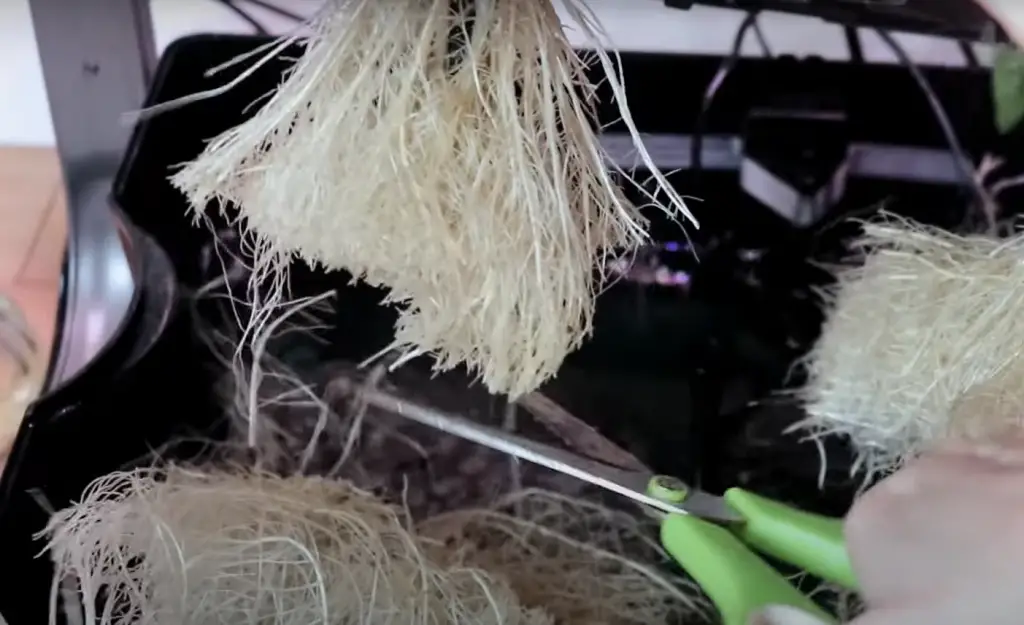
The point of transplanting your hydroponic plants is so you can grow them in a more natural environment and take advantage of all the benefits that come along with it. [1]
Why Transplant From Hydroponics To Soil?
Before we dive into the specifics of transplanting hydroponic plants to soil, let’s review why one might want to make this switch in the first place.
The Plant Has Gotten Too Big for Its Container
One major reason for transplanting hydroponic plants to soil is that the plant has simply gotten too big and needs more space to grow. When left in a confined space, like a small container or pot, the roots of the plant become root-bound – meaning they don’t have enough room to spread out and absorb nutrients from the soil. By transplanting your plants into soil, you give them much needed extra room so their roots can spread out and continue to thrive.
You Grew Seedlings Hydroponically to Give Plants a Better Start
Another reason to transplant hydroponic plants to soil is that you’ve used hydroponics to give your seedlings a better start. A lot of people choose to start their plants in a hydroponic system before transplanting them into soil, as the consistent environment can help young plants thrive until they are ready for outdoor planting. When it comes time to transition your seedling from its hydroponic setup into soil, follow the same steps outlined below.
You Live in an Area With Volatile Weather and Don’t Want to Lose New Plants
Finally, if you live in an area with volatile weather or unpredictable storms, growing plants hydroponically can be a great way to protect your new crops until they are big and strong enough to survive outdoors.
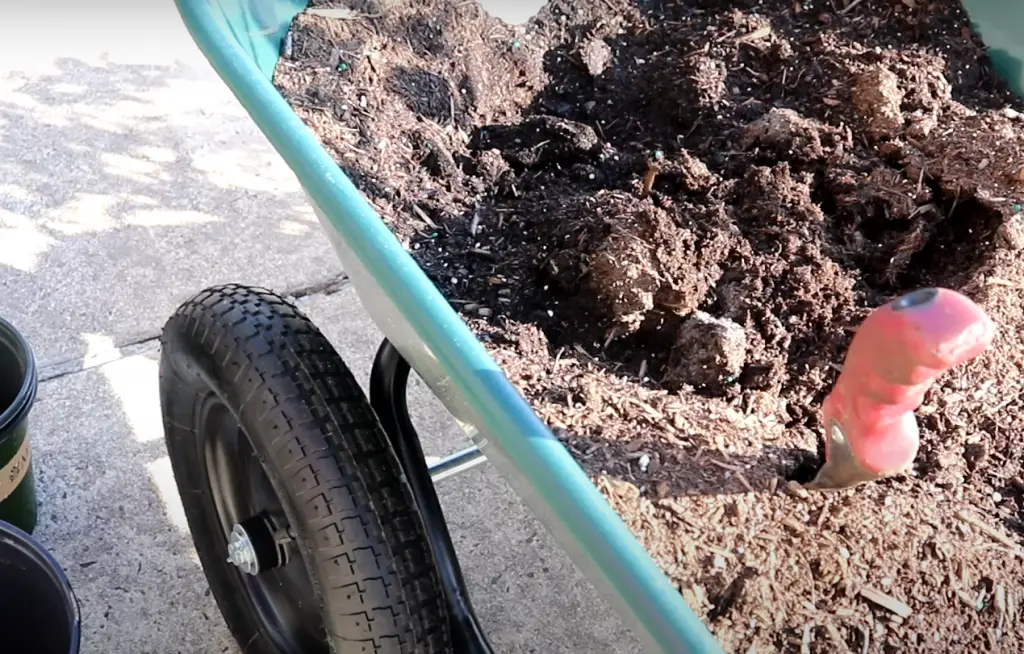
When the time is right, simply transplant them into soil, allowing them to grow in their natural environment while protected from any inclement weather.
How to Transplant a Hydroponic Plant Into Soil
Now that we’ve discussed some of the reasons to switch from hydroponics to soil, let’s review the steps involved in transplanting your plants.
What You Need to Transplant a Hydroponic Plant Into Soil
Before you begin the process of transplanting a hydroponic plant into soil, make sure you have all the appropriate supplies. The most important elements for a successful transition are:
- Potting soil specifically designed for hydroponic plants. This type of potting mix typically has a lighter texture and is enriched with nutrients. [2]
- A container big enough to fit the plant’s root system comfortably with room to grow.
- A slow-release fertilizer that will supply essential nutrients to the newly transplanted plant over time. You may also want to consider investing in a moisture meter, which can help you determine when your plant needs water or more fertilizer. [3]
- Watering can or a spray bottle to evenly moisten the soil.
- Garden shovel or trowel to help move the plant from its hydroponic container into the soil.
- Gloves and protective eyewear (optional but recommended) for safety.
- Bucket or container (optional) to transport your newly transplanted plant from its hydroponic system.
Steps to Transplanting a Hydroponic Plant Into Soil
Once you have all the necessary supplies, it’s time to start transplanting. Follow these simple steps for a successful transition:
- Prepare the potting soil – Make sure to use a high-quality potting mix that will provide your plant with adequate drainage and nutrition. Be sure to wet it lightly before transplanting to help reduce shock.
- Carefully remove the plant from the hydroponic system – Move gently but firmly as you remove the plant from its old home, making sure all roots are taken out of their chambers without being damaged.
- Put it in its new home– Fill up your pot with 2/3 of the prepared potting soil and make a small hole in the center big enough for your hydroponic plant’s roots to fit comfortably inside. Place the plant carefully and then fill up the rest of the pot with soil, patting it firmly down.
- Water your plant – Once your hydroponic plant is in its new home, water it lightly to help the transition and give it some nutrients. Be sure not to over-water, as this can lead to root rot or other issues.
- Monitor growth– After you transplant your hydroponic plant into soil, check on it regularly to make sure the roots are taking hold and that there are no signs of stress from the move. Keep an eye out for any pests or diseases that may be affecting your new soil garden! With proper care and attention, you should have a healthy hydroponic plant thriving in its new environment soon enough!
Benefits of Transplanting Hydroponic Plants to Soil
The concept of growing plants without soil using hydroponics is becoming increasingly popular due to its ability to support high crop yields with minimal water consumption.
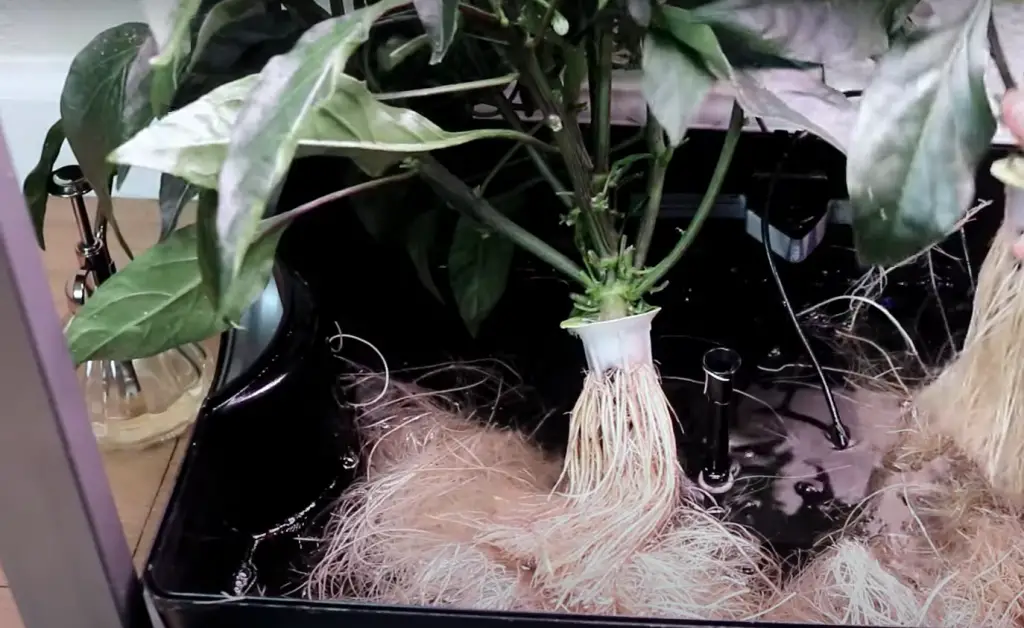
However, there are limitations to growing plants solely using hydroponic systems, with the lack of soil potentially causing nutritional deficiencies among plants. For this reason, transplanting hydroponic plants to soil provides numerous benefits, including increased water retention, air circulation and better drainage.
Increased Water Retention
Transplanting hydroponic plants to soil can have a positive impact on their water retention abilities. As hydroponic plants are grown without soil, they may not have developed the same root structure as those grown in the ground. However, when these plants are transplanted to soil, they are exposed to a new environment where they must adapt to the soil’s properties. These adaptations usually include an increase in root mass and depth, which can lead to better water retention. [4] This benefit can be especially important for those living in areas with frequent drought conditions or for those interested in reducing water usage. So, whether you’re looking to conserve water or simply curious about the differences between hydroponic and soil-grown plants, there are many reasons to consider transplanting your hydroponic plants to soil.
Increased Air Circulation
One of the greatest benefits of transplanting hydroponic plants to soil is increased air circulation around the roots of the plant. While hydroponic systems rely on water to provide nutrients to plants, they can also create stagnant conditions that limit oxygen flow. When transplanted into soil, the roots of the plant are exposed to natural air movement, allowing for greater oxygen absorption and healthier growth. This increase in airflow can also help prevent root rot and other plant diseases that thrive in moist, stagnant environments. [5]
Better Drainage
Another advantage of transplanting hydroponic plants to soil is better drainage for the root system. In hydroponics systems, there’s a risk of over-watering and drowning the roots due to the lack of natural drainage provided by soil. When a plant is transplanted into soil, the added material helps create more space between each water droplet, allowing more oxygen to travel through and reach the roots. This process also helps ensure that plants don’t receive too much water at once, as excess liquid will be quickly drained away from the root zone.
By taking these benefits into consideration, it is clear that transplanting hydroponic plants to soil can have many positive effects on their growth and longevity.
Dangers Of Moving Plants From Water To Soil
While there are many advantages of transplanting hydroponic plants into soil, it is important to note that there is also some risk involved when moving a plant from one environment to another.
Transplant Shock
The most common danger of transplanting is “transplant shock”. Transplant shock is the term used to describe the stress that a plant undergoes when it is transplanted from one location to another. [6] Whether you are a new or experienced gardener, transplanting can be a challenging task.

During the transplant process, plants are forced to adjust to new surroundings, often with a smaller root system to support them. This can lead to several symptoms such as wilting, yellowing leaves, and stunted growth. However, there are many ways to prevent or minimize transplant shock, including proper preparation, watering, and fertilization. By carefully monitoring your plants after transplanting, you can help them adjust to their new environment and thrive.
Soil-borne Diseases
Another danger of transplanting hydroponic plants to soil is the potential introduction of soil-borne diseases. As hydroponic systems are grown without soil, they are not exposed to the same potential pathogens and pests as those that inhabit traditional gardens. However, when a plant is moved from its water-based environment into a garden or potting mixture, it may become susceptible to these soil-borne diseases. To avoid this issue, it’s important to use clean and sterilized potting materials when transplanting your plants, as well as regularly inspect them for signs of disease or infestation.
Nutrient Deficiencies
Also it’s important to note that hydroponic plants may be at risk of nutrient deficiencies when transplanted into soil.
To help your plants adjust to their new home and avoid any potential issues with nutrient deficiencies, consider using a fertilizer formulated for hydroponic plants or applying compost tea regularly.Pests
Finally, it’s important to remember that when you transplant a hydroponic plant into soil, you also introduce the potential for pest infestations. Soil-dwelling pests such as slugs and snails can be drawn to your plants, and if left unchecked, can cause serious damage. To help avoid this issue, consider using natural pest control methods such as companion planting or diatomaceous earth around your plants. It is also important to regularly inspect them for any signs of an infestation.
Things you Need to Know Before Transplanting Hydroponic Plants to Soil
To avoid potential issues when transplanting hydroponic plants to soil, it’s important to take the proper precautions. Below are some tips to help make this transition as smooth as possible.
Testing pH Levels
One of the key elements is testing the pH levels of both the hydroponic solution and the soil.
If the pH level is too high or too low, it can prevent the plant from accessing the essential minerals it needs to thrive. Testing the pH levels will give you an accurate reading to make necessary adjustments before the transplant. Adequate preparation will ensure your hydroponic plants continue to flourish in the new soil environment.Consistent Water Levels
Another aspect to consider when transplanting hydroponic plants to soil is the amount of water they receive. Hydroponic plants rely on a carefully controlled water supply to thrive, and this is something that can be harder to replicate in a soil-based system.
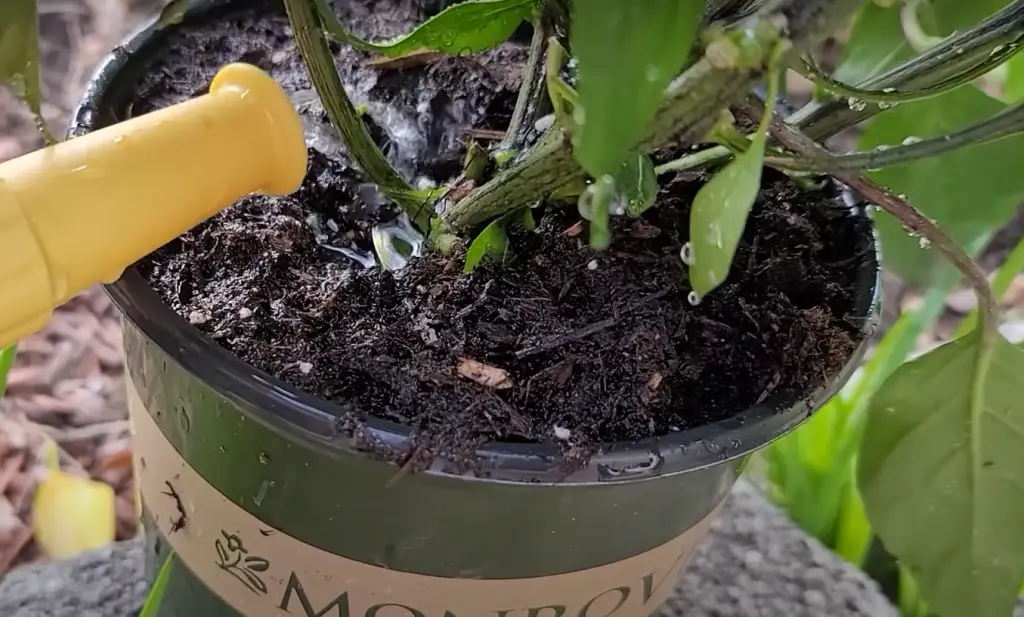
In order to ensure your plants make a smooth transition, it’s essential to monitor water levels closely and adjust as needed to maintain a consistent environment. This may require more frequent watering than you’re used to or incorporating tools like a moisture meter to help you stay on top of things. By staying vigilant about water levels, you’ll be well on your way to success in your new growing environment.
Maintaining Nutrient Levels
Finally, it’s important to remember that soil does contain some nutrients, but not usually enough to provide the full nutrition required by hydroponic plants. So, in addition to monitoring water levels it is also necessary to regularly check nutrient levels and supplement as needed with a quality fertilizer. This will help ensure your plants have access to all the essential minerals they need for proper development.
By following these tips and taking the necessary precautions, you’ll be able to successfully transplant hydroponic plants into soil without experiencing any adverse effects.
Post-Transplant Care
Once your hydroponic plants are successfully transplanted into soil, there are several measures you can take to ensure their continued prosperity.
- Monitoring For Disease. One important step in post-transplant care is monitoring for disease. As mentioned earlier, transplant shock can sometimes lead to wilting of leaves and other signs of distress that may be indicative of a larger problem. Be sure to regularly examine your plants for diseases such as root rot or fungus so you can address any issues quickly before they get out of control. This will help keep your plants healthy and strong and extend their lifespan in the soil environment for many years to come.
- Regular Pruning & Fertilizing Practices. Pruning and fertilizing will also help your plants grow healthy and strong. Pruning helps remove dead, dying, or diseased branches which can otherwise cause stress to the entire plant. And fertilizing provides the necessary nutrients for growth and helps keep soil pH balanced.
By following these practices on a regular basis, you’ll be able to maintain a happy and healthy garden for many years to come!
FAQ
Do Plants Grow Faster Hydroponically or in Soil?
It depends on the type of plant and the environment. Generally speaking, hydroponic plants have been known to grow faster due to their controlled environment and access to optimal nutrients. However, soil-grown plants can also thrive if provided with adequate water and nutrition.
Will Roots Rot in Hydroponics?
Roots can rot in hydroponics if the environment lacks proper airflow and drainage. This is why it is important to regularly monitor water levels and provide adequate aeration and oxygen flow around the roots.
What Are the Disadvantages of Hydroponic Gardening?
While hydroponic gardening does offer many benefits, it is not without its disadvantages. The most notable disadvantage of hydroponics is the cost associated with setting up and maintaining the system. It requires specialized equipment that can be pricey, depending on the size and scale of your setup. Additionally, a lack of oxygen in the root zone or over-fertilization can cause nutrient deficiencies if not monitored closely which could lead to stunted growth or even plant death.
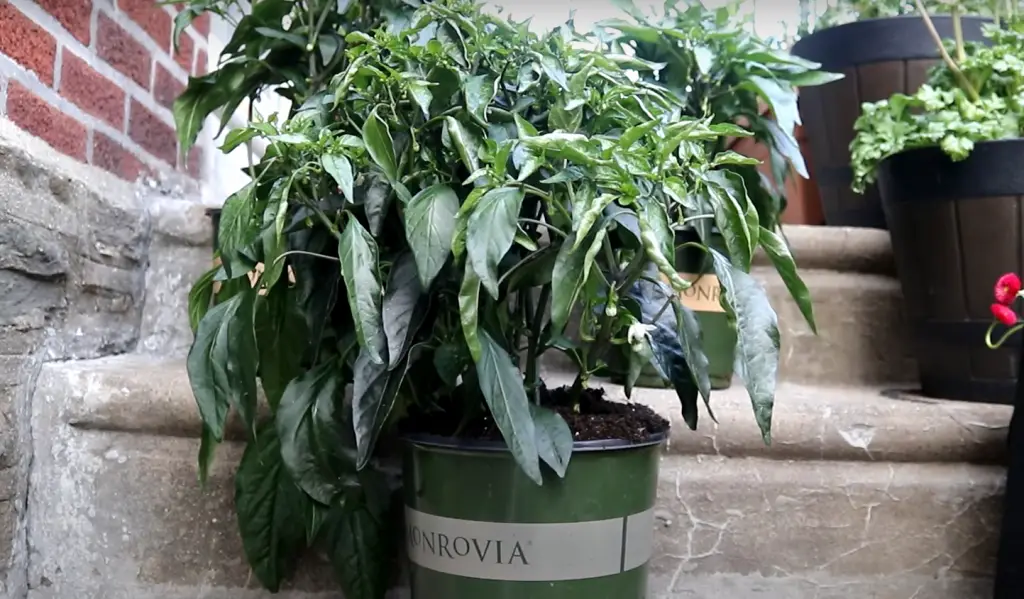
Lastly, as mentioned above there is an increased risk for root rot due to stagnant water build-up if not adequately aerated and drained. Despite these drawbacks, hydroponic systems remain popular among gardeners for their convenience and impressive yields.
How Long Does It Take Hydroponic Plants to Grow?
The amount of time it takes for hydroponic plants to grow depends on the type of plant, environment, and care they receive.
However, some crops may take longer depending on the variety.Do Hydroponic Vegetables Lack Nutrients?
No, hydroponic vegetables do not lack nutrients. In fact, they are often more nutrient dense than soil-grown vegetables because they are able to soak up essential minerals directly from the solution. As long as you maintain adequate nutrient levels and monitor water quality regularly, your hydroponic plants should be able to access all the nutrition they need for healthy growth. This is why it is important to stay vigilant about testing pH levels and providing a quality fertilizer when needed. By doing so, you can ensure that you’re getting the most out of your hydroponic setup.
Can I Propagate in Soil Instead of Water?
Yes, it is possible to propagate plants in soil instead of water. However, this should be done with caution as the soil environment can be more difficult to control and maintain than a hydroponic system. It’s important to monitor the temperature, moisture levels, and nutrient content of the soil closely in order to ensure optimal growing conditions for your new plants. In addition, you may want to add an additional layer of protection by using a rooting hormone or fertilizer specifically designed for propagation. With proper care and attention, you should have success propagating plants in soil just as you would in water.
Useful Video: How to Transplant from Hydroponic to Soil Garden
Conclusions
Transplanting a hydroponic plant into soil can be a daunting task but with the proper knowledge and supplies, you can have healthy, thriving plants in no time! With increased water retention, air circulation, and better drainage from soil comes many benefits to these beautiful succulents. However, it’s important to be aware of any dangers such as transplant shock that could occur from changing their environment. Additionally, make sure to test pH levels and keep consistent water and nutrient levels so your plants get all the nutrients they need for healthy growth. So if you’re looking to take advantage of soil’s multiverse of benefits but unsure of how to start, just remember that with a bit of preparation and dedication you’ll have a lush green garden in no time!
References:
- https://lawnverdict.com/lawn-care/transplanting-hydroponic-plants-to-soil-a-step-by-step-guide/
- https://extension.okstate.edu/fact-sheets/soilless-growing-mediums.html#:~:text=Today%2C%20many%20alternative%20porous%20materials,%2C%20growstone%2C%20perlite%20and%20sand.
- https://www.mdpi.com/2073-4395/10/3/381
- https://www.garfieldconservatory.org/wp-content/uploads/2017/02/R_SCHOOLS17_Adaptations-Background-Information.pdf
- https://flourishingplants.com/the-importance-of-airflow-for-plants/
- https://www.extension.purdue.edu/extmedia/bp/bp-31.html#:~:text=Transplant%20shock%20is%20a%20term,poorly%20established%20in%20the%20landscape.
- https://inwrdam.net/what-are-hydroponic-systems-and-how-do-they-work/





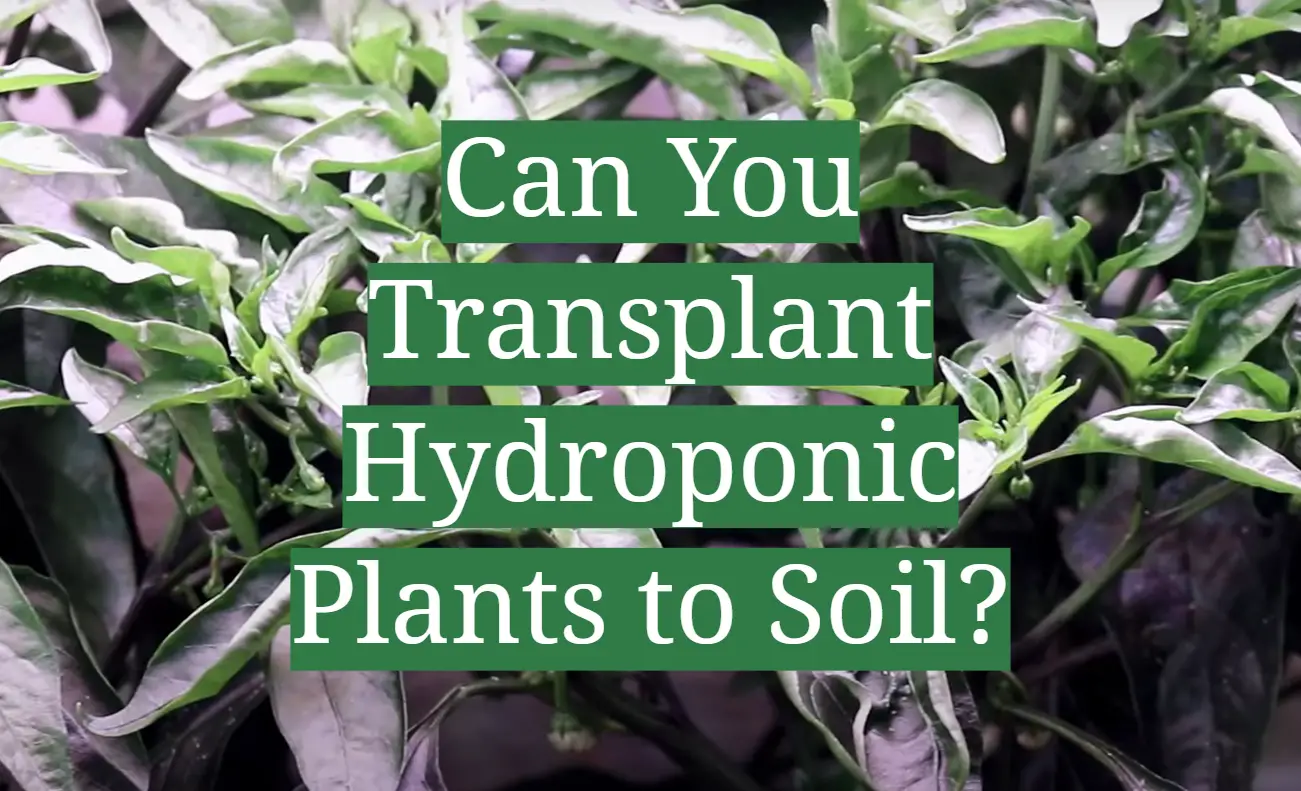




Leave a Reply
View Comments